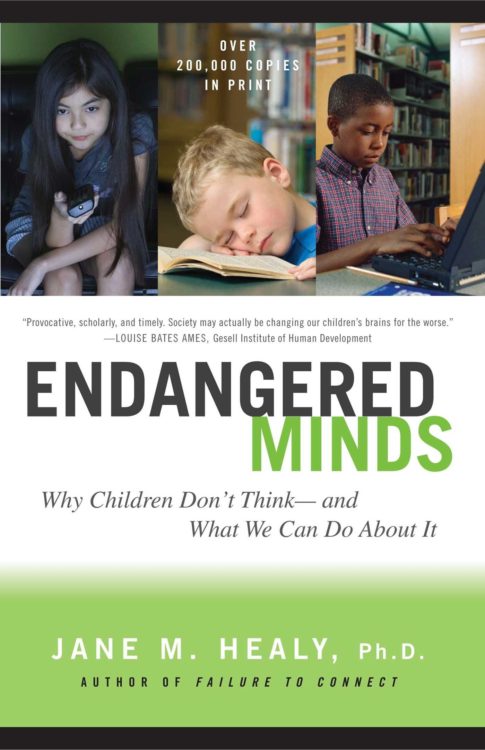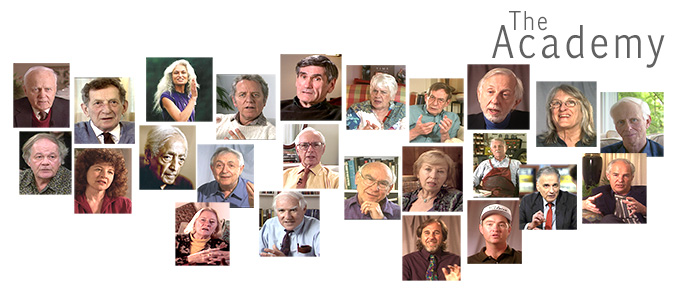Morning and Muse often arrive together. Today their light cast long shadows across the wood floor. The house was still. Up before the others I sipped fresh coffee from a white cup. Quietly the glass door to my home-office opened. Carly’s head peeked in, her blond hair looking, as she often does in the morning, like Phyllis Diller’s. She climbed to my lap, reached and sipped a nip of coffee and rested her head on my shoulder. And there we shared a long quiet hug.
What we call our social image, our core identity, can be viewed as a defense reflex, a coping strategy designed, and more or less perfected, to navigate the dos and don’ts of culture. Do it this way and we are accepted. Do it that way and we are rejected, alienated, an outcast. Feeling unconditionally loved and accepted just the way we are negates the need for a coping strategy, a personified self-image. When we feel completely safe, all the energy that is normally invested in defending and coping is released. Thoughts quiet or disappear. Muscles relax. Even the brain lets go. There is an expansive presence. What we normally call consciousness sheds its habitual tension and like air expands – infinitely.
This expansive safe-state is there often just before drifting off to sleep or just before waking. It is also there during our quiet hugs. The day Carly Elizabeth was born, twenty–six months ago and counting, we shared our first quiet hug together as we sat in our rocking chair and later, after she rested, in our first warm-water tub, both skin to skin. And every day since we find a few moments and return home to our safe place again.
Life was so exciting early in our dance together Carly would not miss a moment. Nap time and falling asleep at night was often a battle. First it was the sensory deprivation stroller. Then, late night rides in the car seat. Even that failed one exasperated evening. I wrapped Carly in a magic blanket, any blanket can be magic if you know how, and we sat in the rocker and there it was, that quiet expansive safety that being together is. She (and I) melted and she was asleep in just a minute or two. That quiet hug put an end to stroller rides and car seats.
From then on, midafternoon I draw the curtains and lay out a red blanket. In a soft voice I share with Carly that it will soon be time to rest. “Read a book” she asks? Almost always, as bed time approaches, she piles five or six books on the bed, usually butt-naked after our post-bath romp. In the afternoon the magic blanket is enough to invite Morpheus, not the Matrix character, the Greek God of dreams, to do his bidding. As we sink into the rocker I describe what a wonderful day it has been, going here, playing with this and that. I whisper how important rest is. How it helps all the muscles grow strong. How being rested will help her laugh and play. Then the whispering and the rocking become still. There it is again, our quiet hug followed by that expansive state, like air spreading in all directions infinitely – and she is fast asleep. The irony is, of course, that quiet hugs take far less time (and are so wonderful for us both), than bouncing in a stupid stroller or driving around the parking lot at ten PM, again.
I can’t say that Carly does zero screen time. She sits in my lap as I edit photos (often of her). There is a weekly Skype call with Grandma and Grandpa in the Czech Republic. Of course she looks at photographs on mom’s phone. I carry an antique flip model (it’s called a telephone). One day, a few months ago, I was talking to a friend who had not heard of Sesame Street. Impossible, I thought. So I clicked an episode on a tablet. Carly was beside herself, transfixed, perhaps not unlike that first hit of heroin. The attraction was deep, immediate and intense. That was enough for me. I have not owned at television for forty years. Those two minutes are the only time Carly has watched a children’s program on any screen Sitting in my lap, pointing and describing all sorts of things as we turn pages will do quite nicely, thank you.
 For years I have admired the works of career educator Jane M. Healy, PhD, author of Endangered Minds, her review of how television, video games, and other facets of popular culture compromise our children’s ability to concentrate, absorb and analyze information. Jane also authored Failure to Connect, extending her passionate inquiry into our present day so called educational computer-land. And Your Child’s Growing Mind: Brain Development and Learning from Birth to Adolescence. Years have passed and with each Jane’s analysis and predictions have been validated again and again. You see, it is not so much what is dancing across the screen that does the damage. It is the impact the device itself has on the developing brain, especially the critical early years. In Failure to Connect Jane writes:
For years I have admired the works of career educator Jane M. Healy, PhD, author of Endangered Minds, her review of how television, video games, and other facets of popular culture compromise our children’s ability to concentrate, absorb and analyze information. Jane also authored Failure to Connect, extending her passionate inquiry into our present day so called educational computer-land. And Your Child’s Growing Mind: Brain Development and Learning from Birth to Adolescence. Years have passed and with each Jane’s analysis and predictions have been validated again and again. You see, it is not so much what is dancing across the screen that does the damage. It is the impact the device itself has on the developing brain, especially the critical early years. In Failure to Connect Jane writes:
In addition to altering society, new technologies also have a disconnecting habit of changing the mental skills and even the brain organizations of people using them… Fast-paced nonlinguistic, and visually distracting television [now morphed into mobile tablets and dumb-phones] may literally have changed children’s minds, making sustained attention to verbal input, such as reading and listening, far less appealing than faster-paced visual stimuli.
Long before the word epigenetics hit the stage, meaning the way the brain is shaped by the environment, Jane and few others were describing how our increasingly techno-environment was changing the brain. This was one of the major themes of Jerry Mander’s all-time classic: The Four Arguments for the Elimination of Television. My head spins when I pat myself on the back for protecting Carly from this seductive, increasingly narcissistic, brain altering addiction for the past two years. Wait! Carly is just twenty-six months young. There is absolutely no developmental reason for her to interact with programed and programing content on a screen before the age of five or six and yet this feels like an accomplishment, keeping her relatively free of screen time the first two years. For the past million years of so there were no screens. I find that amazing. Jane cites reams of research that confirms affectionate play and verbal interaction between young children and parents is the strongest predictor of literacy, love of reading, and with that imagination and beyond to rational critical and creative thinking.
It should be no surprise then that Carly and I have bathed together just about every evening beginning with that first warm-water bath the evening she was born. I wash her hair and she washes mine. We squirt, laugh and play. When finished I wrap her in a dry towel and we head to the rocker. “Hug dry,” she says. We snuggle in the chair, her head on my shoulder, and we rock. Sometimes I hum. Most of the time we simply share our quiet expansive attunement without saying a word.
Quiet hugs cultivate a quality of quiet attention, presence, right here, right now. There is attunement with the surroundings; the shape of her body and mine, the soft whisper of my voice, my heart beating so close to hers. Some call this quiet, sensitive attunement with the present – mindfulness. Krishnamurti called this heightened expansive attention meditation.
And then, it is over. Carly wiggles down and runs out the door, still attuned but to a different beat with me not far behind.


